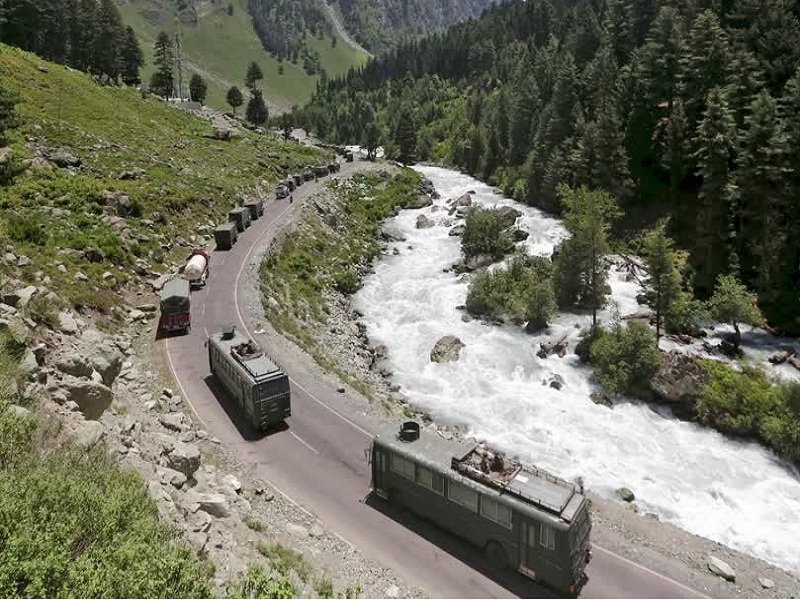India-China standoff at Ladakh-why?
Published On: Saturday, June 20, 2020 | By: Team KnowMyStock

Indian and Chinese armies witnessed a violent clash that led to the death of 20 Indian Army personnel. Why is it that the Chinese have chosen to make Ladakh a flashpoint, especially now? The answer lies in the strategic advantage offered by Ladakh. As reported by Economic Times, Chinese troops have intruded up to 3 km in the Galwan area and are dominating the heights that threaten the strategic Darbuk-Shyok-Daulat Beg Oldie (DSDBO) road. Colonel Bhat (retired) says that the intention of the Chinese could possibly be to attempt and capture the entire Galwan valley and its confluence point with the Shyok river, along which the Indian road runs.
The violent face off at Galwan saw use of nail-studded clubs and rocks being used by the Chinese side. India lost 20 soldiers in the hand-to-hand combat but inflicted even more harm on the Chinese side that lost 35 soldiers in the clashes in the Galwan Valley.The 1996 and 2005 agreements between India and China bars the use of firearms within two kilometers of the LAC.But according to former Northern Army commander Lt General H S Panag (retd) "These agreements apply to border management and not while dealing with a tactical military situation. Lastly, when lives of soldiers or security of post/territory threatened, the commander on the spot can use all weapons at his disposal, including artillery."
As of now India and China struggle to hold meaningful talks to put the violence of Galwan valley behind But the two nations are upping the ante when it comes to troop deployment. When it comes to the future, India is stuck between a rock and a hard place, neither escalation nor withdrawal are feasible.
Despite earlier talks in which it was decided that the two sides would move back by a kilometre and create a temporary ‘no man’s land’ in the valley, the Chinese side has brought in additional troops and continues to remain deployed inside Indian territory near Patrol Point 14.The Chinese are well entrenched in Pangong Tso, while the Galwan Valley has become a face-off point. In far away Naku La, a Chinese presence has persisted at a place between the point India sees as the LAC (a ridge) and a stone wall (which China claims is the LAC).
Meanwhile the US on 19th June 2020 criticised the Chinese Army for "escalating" the border tension with India and described the ruling Chinese Communist Party as a "rogue actor."
For now, New Delhi wants a return to the status quo as it existed in mid-April, which would involve PLA pulling back its troops from the “Finger 4” area at Pangong Tso, as also demolition of its bunkers and other fortifications built in the area.
We are on Telegram!
JOIN our telegram channel to receive updates on Financial News and Stock and FNO Tips.
Click Here!
Follow Us On:






